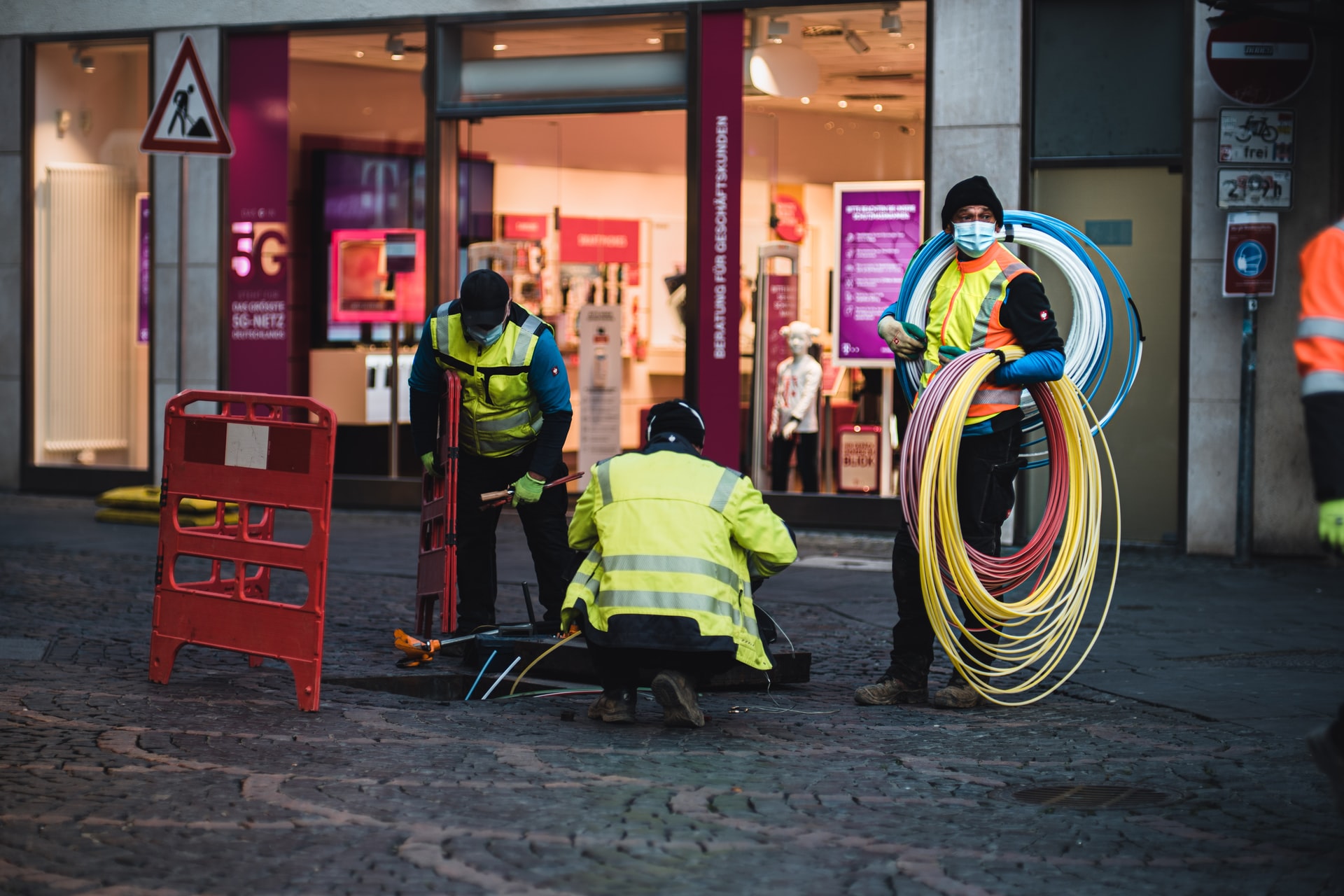With the digital landscape changing faster than ever before, it is high time for governments and other essential civic bodies to adopt digital solutions. These solutions not only amplify the efficiency of different agencies but streamline records and bring transparency to transactions. This is where the Government steps in, and the need for “Government as a Platform” comes into play.
Relatively a new term, “Government as a Platform,” was first coined in 2011 by Tim O’Reilly in his published article. The concept discusses bringing up the Government and citizens on a digital platform where all the services of the Government are processed and carried out. This, in turn, enables quicker and better facilitation of services.
The notion of this interconnectedness is however not something that we have tried to build from scratch. For example, previously a “not-so-smart” television is now connected with the internet, is voice-enabled, and connected to a digital assistant for advanced functions.
Developing nations like India are on their way to realizing smart cities. With newer technology enablers like 5G and IoT (Internet of Things) on their way to realization, the dream for a ‘government as a platform” is not far from reality.
However, engraving the roots of a “Government as a Platform” is not as easy as it sounds. It needs a strategic and sound plan that satisfies the following three points:
- Identification and realization of high-priority platforms for smooth functioning and a hassle-free experience. The automation of taxes in India is a great example that has been implemented across the nation through a critical IT infrastructure.
- Accelerating smart solutions for civil servants for carrying out duty more efficiently and later on to be taught and passed on to the public.
- Identifying platforms that would improve the way departments and agencies work. A similar picture could be seen in the public toll gates on highways in India.
Key Elements of Government as a Service
While restructuring the IT backbone of an entire nation may sound like a seemingly impossible task, these are indeed possible through strategic moves.
The entire transformation can be deduced to four critical elements are as follows:
Data Currency: Data plays the foundation of every sector in the modern-day world. This data is based on the ledger, easy to track while being universal at its basic. Companies and governments have chosen data as currency despite geographical boundaries and economics.
Connective Tissue: Technology that is common and based on the same technical architecture plays a major role in connecting citizens irrespective of differences and hence acts as a virtual “glue.”
Network Effect: The following step highlights value creation by enabling a platform that helps in the collaboration of producers and consumers in virtual marketplaces.
Scale Multiplier: This allows different Government agencies to tap into resources without ever owning them.
Four Governing Models of Government as a Platform
In a survey among public services executives, more than 82% of executives agreed that most businesses leverage technology to weave humans in the fabric of lifestyle and culture, with the thread being platforms.
To delve deeper, most platforms are designed to create specific needs such as goals, current capabilities, and situations. The agencies (whether Government or otherwise) have options. Thus, proposing possible models for public services. These are as follows:
-
The whole of Government Platform: Focuses the entire Government as a single entity that acts as a service provider. In fact, 6 out of 10 people in the U.S prefer a consolidated platform for all their online public needs. On the other hand, the following framework is a major hit in Government Digital Services in the United Kingdom and the Australian Taxation Office.
-
Peer Platform: A service-centric platform formed as a combination of two or more government entities. These platforms reduce repetitive information sharing through data sharing among different public offices. On the other hand, 85% of public executives believe that they use data shared extensively to make major decisions.
- Ecosystem Platform: A results-oriented platform that collaborates with non-governmental agencies to bring out unique solutions. The following model encourages natural partnership and encourages unconventional ones to delve deeper and consider options.
-
Crowdsourcing Platform: An innovation-oriented platform where the state can combine with all the actors (including individuals) to bring out the best solutions. For instance, the U.S Internal Revenue Scheme (IRS) provides online tax assistance by issuing its service to third-party applications under certain agreements.
Factors Facilitating as Platform
While there are endless opportunities for the Government as a Platform delivery model, these following factors stress its importance and benefits for both the Government and the citizens. Here are they as follows:
a) Digital Inclusion
Around 13% of the population still lacks basic reading and writing skills. This problem could be addressed through the right teaching methodology, improving ease of access, and adding value to the teaching process. However, with the easing of norms and exclusion from traditional practices, these individuals could digitally advance and make the services accessible through easy-to-use user interfaces.
b) The Concept of Open Government
Open Government has been the dream of many activists in the age of data revolution. By making these data publicly available to the entire population, one can expect innovation to spur across all realms of life. For example, the U.K government is defining standards for public sectors that would enable citizens to track and control information that the government holds about them. Data.gov.uk and the Public Data Group to a certain extent solve these problems but are yet to be standardized.
c) Better Management of Frauds and Errors
Real-time analytics and information make processes easier to control and allow better detection of frauds and errors across cities in real-time. Using automation technologies like artificial intelligence, machine learning, and the Internet of Things (IoT), things could be much more different and hence could not be ignored at all costs.
Conclusion
The Government-as-a-Platform is one of the best initiatives as applauded by experts across the globe. The concept celebrates the interplay of citizens, Government, and the technology that cuts the hassles and allows smooth progress of different government processes through one channel or platform.
Several countries like the United Kingdom and Singapore have successfully demonstrated the success of such systems at scale and narrowed down the possibilities that come along with these platforms. Till then, the major task remains the creation of such technologies, equipping the Government with the controls and teaching all the chief characters the ins and outs of the game.
References
[1].https://www.accenture.com/us-en/insights/public-service/four-platforms-for- government






Comments